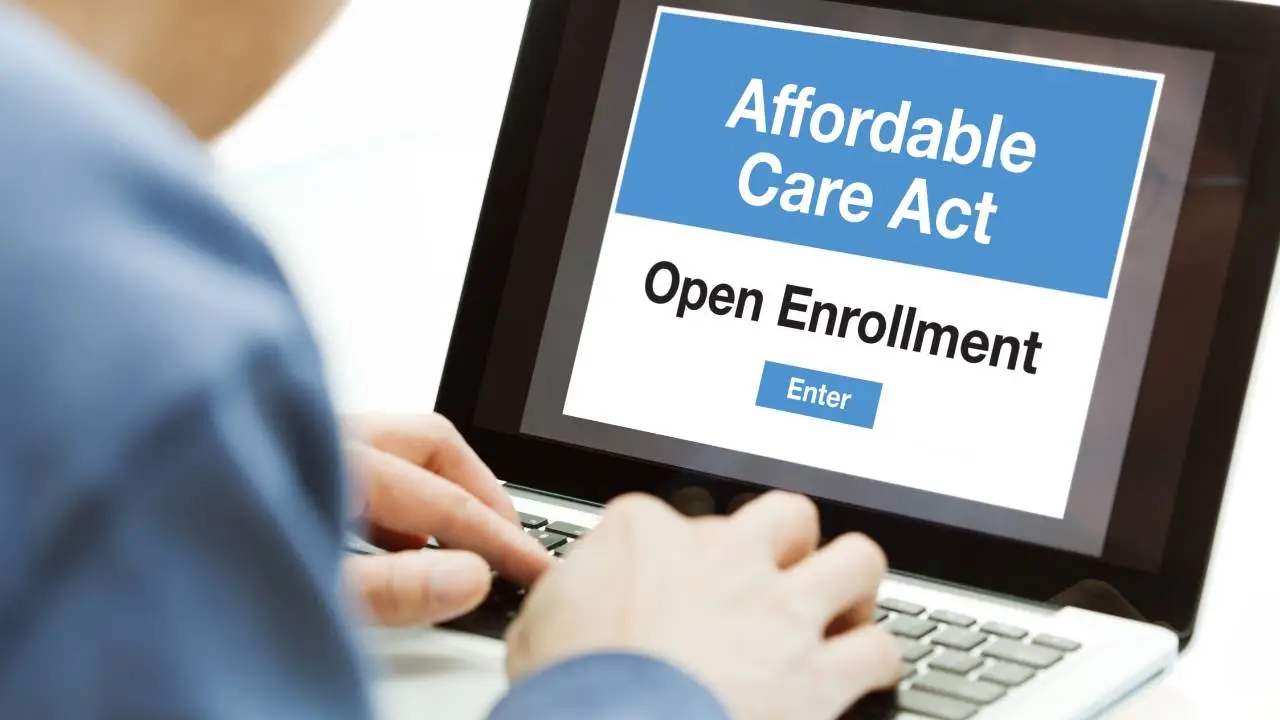You have a chance to sign up, change or drop your health insurance plan once a year. This is called open enrollment and it’s only for a few weeks.
The dates depend on the kind of health insurance you have. If you miss it, you’re stuck with your plan until the next open enrollment, unless something big happens in your life that lets you enroll.
What is Open Enrollment for Health Insurance?
Definition and Purpose
Open enrollment is the time of year when you can sign up for health insurance or change your plan. You can also say goodbye to your plan if you don’t need it anymore. Open enrollment gives you a chance to look at different health insurance plans and choose the one that works for you.
Who is Affected by Open Enrollment?
Open enrollment is for people who buy their own health insurance, either from the federal or state website. It’s also for people who get health insurance from their job or a government program like Medicare, Medicaid, or CHIP. Each kind of health insurance has its own open enrollment schedule and rules.
Why is it Important to Participate in Open Enrollment?
Open enrollment matters because it’s the only time you can get a new health plan or switch your plan – unless something big happens in your life that lets you enroll. If you miss open enrollment, you may have to wait until the next one to get health insurance or change your plan. This could leave you without any coverage or with a plan that doesn’t fit you.
Open Enrollment Schedule
- Federal and State-Specific Open Enrollment Dates for 2023: You could sign up for 2023 coverage from November 1, 2022, to January 15, 2023, in most states. But some states had their own deadlines, and Idaho closed sign-ups on December 15, 2022. In most states, you needed to sign up by December 15, 2022, to get coverage starting on January 1, 2023. But some states gave you extra time. For example, in Massachusetts and New Mexico, you had until December 23, 2022. In New Jersey, Maryland, California, Rhode Island, and Nevada, you had until December 31, 2022.
- Special Enrollment Periods: You can still sign up for health insurance or change your plan outside of open enrollment if you have a special reason. This is called a special enrollment period. You need a qualifying life event to get a special enrollment period. A qualifying life event is something that changes your life – like getting married, having a baby, losing other coverage, or moving – that lets you sign up for a new plan or change your plan. You usually have 60 days from the date of the change to sign up or make changes.
How to Get Health Insurance Outside of Open Enrollment?
1. Qualifying Events
A qualifying event is a change in your situation that triggers a special enrollment period. Some examples of qualifying events are:
- Losing health coverage due to job loss, divorce, aging off a parent’s plan, or losing eligibility for Medicaid or CHIP.
- Getting married or divorced.
- Having a baby or adopting a child.
- Moving to a new area where different health plans are available.
- Becoming a U.S. citizen or gaining a lawful presence.
- Experiencing a change in income that affects your eligibility for premium tax credits or cost-sharing reductions.
2. Special Enrollment Periods
An exceptional enrollment instance offers an opportunity outside of regular enrollment to register for health insurance or modify your plan if a qualifying incident occurs. Typically, a 60-day window from the day of the qualifying incident is given to enroll in a fresh plan or alter your current one. For an exceptional enrollment instance application, evidence of the qualifying incident is required and an application submission through the Health Insurance Marketplace or your state-based exchange is mandatory.
3. Medicaid and CHIP
Medicaid and CHIP represent governmental initiatives delivering free or affordable health coverage to eligible low-income persons, families, expectant women, children, elderly individuals, and those with disabilities. Medicaid and CHIP applications are accepted throughout the year, with no regard for regular enrollment instances. To determine if you’re eligible for Medicaid or CHIP, the eligibility tool on HealthCare.gov can be utilized, or you can reach out to your state’s Medicaid agency.





